Home>Others>Eco-Friendly Products>What To Use As A Compost Bin
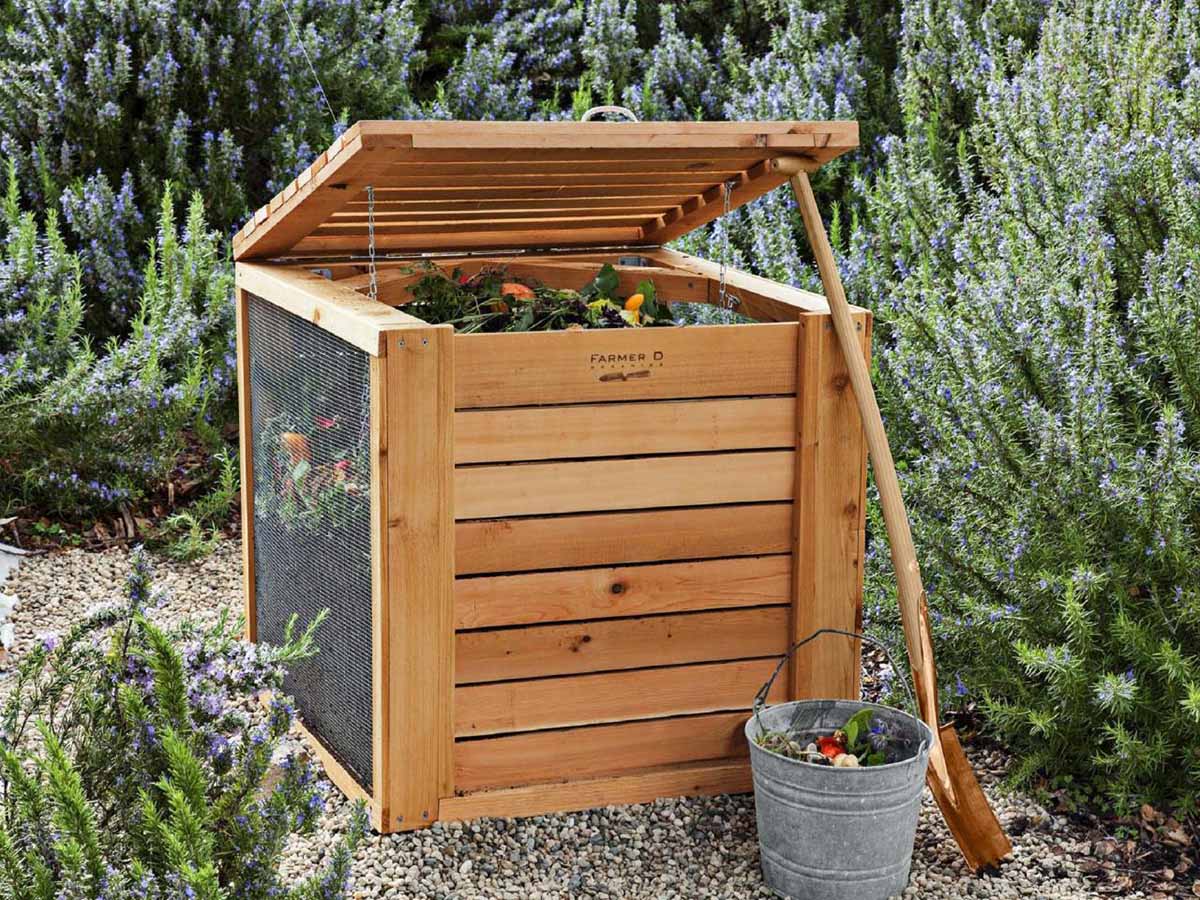

Eco-Friendly Products
What To Use As A Compost Bin
Modified: February 18, 2024
Looking for eco-friendly products for your compost bin? Discover the best options for creating sustainable, nutrient-rich compost at home. Reduce waste and support a healthier planet with these eco-friendly choices.
(Many of the links in this article redirect to a specific reviewed product. Your purchase of these products through affiliate links helps to generate commission for Storables.com, at no extra cost. Learn more)
Introduction
Welcome to the world of sustainable living and eco-friendly practices! In this article, we will explore the wonderful world of composting and delve into the various options available for creating your own compost bin. Composting is a fantastic way to reduce waste, enrich your garden soil, and contribute to a healthier planet. Whether you're a seasoned gardener or a novice environmental enthusiast, learning about compost bins and how to use them effectively is an exciting journey that benefits both you and the environment.
Composting is essentially the process of turning organic waste, such as food scraps, yard trimmings, and other biodegradable materials, into nutrient-rich soil conditioner. This natural process not only reduces the amount of waste that ends up in landfills but also provides a sustainable way to nourish your garden and reduce your carbon footprint. By creating your own compost bin, you can actively participate in the circular economy, where waste is minimized, resources are conserved, and the environment is protected.
Throughout this article, we will discuss the numerous benefits of using a compost bin, the different types of compost bins available, how to create your own DIY compost bin, considerations for purchasing a compost bin, and tips for maintaining your compost bin. By the end of this journey, you will have a comprehensive understanding of composting and be equipped with the knowledge to embark on your own composting adventure. So, let's dive in and discover the world of compost bins!
Key Takeaways:
- Composting with a bin reduces waste, enriches soil, and promotes sustainable living, benefiting the environment and saving costs on fertilizers and waste management.
- From DIY wooden pallet bins to vermicomposting setups, there are diverse compost bin options to suit every space and lifestyle, offering a creative and practical approach to sustainable waste management.
Read more: What Is A Compost Bin
Benefits of Using a Compost Bin
Using a compost bin offers a multitude of benefits that extend beyond your immediate surroundings. Let’s explore some of the key advantages of incorporating a compost bin into your sustainable lifestyle:
- Reduction of Organic Waste: One of the most significant benefits of using a compost bin is the diversion of organic waste from landfills. By composting kitchen scraps, yard waste, and other biodegradable materials, you can significantly reduce the amount of waste that would otherwise contribute to harmful methane emissions in landfills.
- Nutrient-Rich Soil Amendment: Compost serves as a natural and nutrient-rich soil conditioner, enriching the soil with essential nutrients and microorganisms. This promotes healthy plant growth, improves soil structure, and enhances water retention, leading to thriving gardens and landscapes.
- Reduction of Chemical Fertilizers: By utilizing compost as a natural fertilizer, you can minimize the reliance on synthetic chemicals, thereby reducing the environmental impact associated with their production and application. Compost provides a sustainable alternative for nourishing plants and crops.
- Contribution to Environmental Conservation: Composting plays a vital role in environmental conservation by closing the loop on organic waste. It reduces greenhouse gas emissions, conserves landfill space, and minimizes the need for chemical-intensive agricultural practices, ultimately contributing to a healthier planet.
- Cost Savings: Incorporating compost into your gardening practices can lead to cost savings by eliminating the need to purchase commercial fertilizers and soil conditioners. Additionally, the reduction in waste disposal can result in lower waste management costs over time.
- Promotion of Sustainable Living: By composting, you actively engage in sustainable living practices, demonstrating a commitment to environmental stewardship and inspiring others to adopt eco-friendly habits. Composting serves as a tangible way to contribute to a more sustainable and regenerative future for our planet.
These benefits collectively highlight the positive impact of using a compost bin, showcasing how a simple yet powerful practice can yield far-reaching environmental, economic, and social advantages. As we continue our exploration, we will delve into the various types of compost bins available, providing insights into the diverse options for implementing composting in your lifestyle.
Types of Compost Bins
Compost bins come in a variety of shapes, sizes, and designs, offering flexibility to accommodate different preferences, space constraints, and composting needs. Understanding the various types of compost bins can help you select the most suitable option for your home or garden. Here are some common types of compost bins:
- Traditional Compost Bins: These bins are often made of durable materials such as plastic, wood, or metal. They are designed to contain and manage composting materials while providing aeration and moisture control. Traditional compost bins come in different sizes, from small countertop units to large outdoor containers, catering to diverse household sizes and composting volumes.
- Tumbling Composters: Tumbling composters feature a drum or barrel design that allows for easy rotation of the composting materials. This design facilitates aeration and accelerates the decomposition process by promoting consistent mixing. Tumbling composters are ideal for individuals seeking efficient composting with minimal manual labor.
- Vermicomposting Bins: Vermicomposting, or worm composting, utilizes specialized bins populated by composting worms, such as red wigglers. These industrious worms break down organic matter, producing nutrient-rich castings that serve as an exceptional soil amendment. Vermicomposting bins are well-suited for indoor or small-space composting and offer a fascinating way to engage in composting with the help of these beneficial creatures.
- DIY Compost Bins: For those inclined toward hands-on projects, DIY compost bins offer a customizable and cost-effective option. These bins can be constructed from repurposed materials such as wooden pallets, wire mesh, or plastic containers, allowing for creative and environmentally friendly composting solutions.
- In-Ground Compost Systems: In-ground composting involves creating compost directly in the soil, either through trench composting or utilizing specialized in-ground composting units. This approach can be beneficial for individuals seeking to integrate composting seamlessly into their garden beds or landscaping, promoting natural decomposition and soil enrichment.
Each type of compost bin presents unique features and benefits, catering to different preferences, living situations, and composting objectives. Whether you opt for a traditional compost bin, a specialized vermicomposting setup, or a DIY creation, the key is to select a composting solution that aligns with your lifestyle and encourages consistent composting practices. As we delve into the realm of DIY compost bins in the next section, you’ll discover creative and practical approaches to crafting your own composting system.
DIY Compost Bins
Creating your own compost bin through do-it-yourself (DIY) methods is a rewarding and customizable approach that allows you to repurpose materials and exercise your creativity while contributing to sustainable practices. Whether you’re a seasoned DIY enthusiast or new to the world of crafting, there are numerous inventive and practical ways to construct a DIY compost bin. Here are some popular DIY compost bin ideas:
- Wooden Pallet Bin: Repurposing wooden pallets to build a compost bin is a popular and eco-friendly DIY option. By securing the pallets together to form a three-sided structure, you can create a simple yet effective composting enclosure. This design allows for ample airflow and easy access for turning the compost.
- Wire Mesh Cylinder: Constructing a compost bin using wire mesh, such as hardware cloth or chicken wire, offers a lightweight and flexible solution. By forming the wire mesh into a cylindrical shape and securing it with stakes or ties, you can create a breathable and adaptable composting container that promotes aeration and decomposition.
- Repurposed Plastic Container: Transforming a large plastic container, such as a storage tote or trash bin, into a compost bin is a practical and budget-friendly DIY project. By drilling ventilation holes in the container and ensuring proper drainage, you can repurpose everyday items to facilitate the composting process.
- Stacked Bin System: Utilizing stackable containers or bins allows for a modular and space-efficient composting setup. By stacking multiple containers, you can create a tiered composting system that accommodates varying stages of decomposition, providing a convenient and scalable approach to managing compost materials.
- Straw Bale Enclosure: Surrounding a designated composting area with straw bales forms a natural and biodegradable enclosure. This method offers a rustic and environmentally harmonious approach to containing compost materials while integrating seamlessly into garden or outdoor spaces.
Embarking on a DIY compost bin project not only empowers you to reduce waste and contribute to sustainable practices but also allows you to personalize your composting setup according to your preferences and available resources. Whether you opt for a rustic wooden pallet bin, a versatile wire mesh cylinder, or a repurposed plastic container, the DIY approach offers a wealth of opportunities to engage in environmentally conscious activities while honing your DIY skills.
As we explore the considerations for purchasing a compost bin in the next section, you’ll gain insights into the factors to consider when evaluating pre-made composting solutions, providing a comprehensive perspective on the diverse options available for implementing composting in your home or garden.
Consider using a plastic or metal bin with a lid to create a compost bin. Make sure it has good ventilation and drainage, and is large enough to hold your compost materials.
Purchasing a Compost Bin
When considering the purchase of a compost bin, numerous options are available to suit various preferences, space constraints, and composting needs. Whether you prefer the convenience of a pre-made composting solution or seek a specialized system to accommodate specific requirements, understanding the factors to consider when purchasing a compost bin can guide you toward selecting an ideal composting setup. Here are key considerations for purchasing a compost bin:
- Capacity and Size: Assess your composting needs and available space to determine the appropriate capacity and size for your compost bin. Consider the volume of organic materials you intend to compost and ensure that the chosen bin fits comfortably within your designated composting area.
- Material Durability: Evaluate the durability and weather resistance of the compost bin materials, especially if the bin will be placed outdoors. Common materials for compost bins include UV-stabilized plastic, galvanized steel, cedar wood, and recycled plastic, each offering unique benefits in terms of longevity and performance.
- Aeration and Moisture Control: Look for compost bins that incorporate features for proper aeration and moisture management. Ventilation systems, access doors, and drainage mechanisms contribute to optimal composting conditions, facilitating the decomposition process and minimizing odors.
- Turning and Access: Consider the ease of accessing and turning the composting materials within the bin. Features such as hinged lids, removable panels, or tumbling mechanisms can simplify the process of aerating and managing the compost, promoting efficient decomposition and nutrient distribution.
- Specialized Composting Systems: Explore specialized composting systems, such as continuous flow composters, vermicomposting setups, or bokashi bins, if you have specific composting goals or space limitations. These systems offer unique functionalities tailored to diverse composting preferences and constraints.
- Environmental Impact: Prioritize compost bins made from sustainable and eco-friendly materials, supporting environmentally conscious manufacturing practices and contributing to the circular economy. Seek composting solutions that align with your commitment to sustainable living and environmental stewardship.
By considering these factors, you can make an informed decision when purchasing a compost bin, ensuring that the chosen system aligns with your composting objectives and integrates seamlessly into your living environment. Whether you opt for a traditional compost bin, a specialized vermicomposting setup, or an innovative continuous flow composter, the diverse range of composting solutions caters to a wide spectrum of composting preferences and lifestyles.
As we delve into the process of choosing the right compost bin for your needs in the following section, you’ll gain valuable insights into selecting a composting solution that harmonizes with your individual composting goals and environmental ethos.
Read more: How Do You Use A Compost Bin
Choosing the Right Compost Bin for You
When it comes to selecting the right compost bin for your needs, several factors come into play, ranging from personal preferences to practical considerations. By evaluating these aspects, you can identify a composting solution that aligns with your lifestyle, space availability, and composting goals. Here are essential considerations for choosing the right compost bin:
- Composting Objectives: Define your composting objectives, whether it involves enriching garden soil, reducing household waste, or incorporating sustainable practices into your lifestyle. Understanding your primary composting goals will guide you in selecting a bin that fulfills your specific needs.
- Space and Location: Assess the available space for composting and determine the location for your compost bin. Whether you reside in an urban apartment, suburban home, or rural property, there are composting solutions tailored to various living environments, including indoor, outdoor, and small-space options.
- Convenience and Maintenance: Consider the level of maintenance and convenience that aligns with your lifestyle. If you prefer a low-maintenance approach, options such as tumbling composters or continuous flow systems may suit your needs, while individuals seeking hands-on involvement may opt for traditional or DIY composting setups.
- Composting Volume: Evaluate the volume of organic materials you anticipate composting on a regular basis. For households generating substantial food and yard waste, larger capacity compost bins or multi-bin systems may be suitable, while smaller households or individuals may find compact or specialized composting solutions more practical.
- Environmental Considerations: Factor in environmental considerations when selecting a compost bin, such as the sustainability of materials, energy efficiency, and the overall ecological impact. Choosing a composting solution that reflects your commitment to environmental stewardship fosters a harmonious integration of sustainable practices into your daily routine.
- Long-Term Viability: Anticipate your long-term composting needs and the potential for expansion or modifications to your composting setup. Selecting a compost bin with scalability and adaptability can accommodate evolving composting practices and future changes in your living situation.
By carefully considering these aspects, you can narrow down the options and identify a compost bin that resonates with your individual preferences and practical requirements. Whether you prioritize space efficiency, hands-on involvement, or specialized composting techniques, the diverse array of composting solutions offers a fitting match for every composting enthusiast.
As we transition to exploring the essential practices for maintaining your compost bin, you’ll gain valuable insights into preserving the health and vitality of your composting system, ensuring its continued effectiveness in transforming organic waste into valuable soil amendment.
Maintaining Your Compost Bin
Maintaining your compost bin is essential for optimizing the composting process, fostering a healthy environment for beneficial microorganisms, and ensuring the production of high-quality compost. By implementing proper maintenance practices, you can nurture a thriving composting system that efficiently transforms organic waste into valuable soil amendment. Here are key practices for maintaining your compost bin:
- Aeration and Turning: Regularly aerate and turn the composting materials to promote oxygen flow and facilitate decomposition. Mixing the contents of the bin introduces fresh oxygen and encourages the breakdown of organic matter, preventing anaerobic conditions and odors while accelerating the composting process.
- Moisture Management: Monitor the moisture levels within the compost bin and adjust as needed to maintain optimal conditions. The composting materials should resemble a damp sponge, providing adequate moisture for microbial activity without becoming waterlogged. Add water or dry materials as necessary to achieve the ideal moisture balance.
- Layering and Balancing Materials: Layer green (nitrogen-rich) and brown (carbon-rich) materials within the compost bin to achieve a balanced carbon-to-nitrogen ratio. This balanced mix fosters efficient decomposition and minimizes odors. Incorporating diverse materials such as kitchen scraps, yard waste, and shredded paper contributes to a nutrient-rich compost blend.
- Temperature Monitoring: Monitor the internal temperature of the compost pile, aiming for a range of 110-160°F (43-71°C) to support microbial activity and decomposition. A consistent and elevated temperature within the compost bin indicates active decomposition, ensuring the breakdown of organic matter into stable compost.
- Composting Additives: Introduce composting additives such as beneficial microorganisms, compost activators, or organic matter inoculants to enhance the composting process. These additives can supplement the microbial population, accelerate decomposition, and enrich the compost with valuable nutrients and enzymes.
- Odor and Pest Management: Address any potential odors or pest issues by ensuring proper aeration, maintaining a balanced compost mix, and securing the compost bin with a lid or cover. Regularly inspect the composting materials and address any imbalances or disturbances to mitigate odor and pest concerns.
By incorporating these maintenance practices into your composting routine, you can nurture a productive and harmonious composting system that yields high-quality compost for enriching your garden and landscape. Consistent attention to aeration, moisture, material balance, and temperature fosters an environment conducive to efficient decomposition and the transformation of organic waste into a valuable resource.
As we conclude our exploration of maintaining your compost bin, you now possess valuable insights into the essential practices for nurturing a thriving composting system. By implementing these maintenance strategies, you can cultivate a sustainable and regenerative approach to managing organic waste and contributing to a healthier, more vibrant ecosystem.
Conclusion
Congratulations on embarking on a journey into the world of composting and discovering the diverse array of composting options available to you. Throughout this exploration, we’ve delved into the numerous benefits of using a compost bin, the various types of compost bins, the creativity and practicality of DIY compost bins, considerations for purchasing a compost bin, the process of choosing the right compost bin for your needs, and the essential practices for maintaining your compost bin. As we conclude, let’s reflect on the transformative power of composting and the positive impact it can have on both your immediate surroundings and the broader environment.
Composting is more than a mere waste management practice; it is a gateway to sustainable living, environmental stewardship, and regenerative agriculture. By diverting organic waste from landfills, enriching soil with nutrient-rich compost, and reducing reliance on chemical fertilizers, composting embodies a holistic approach to environmental conservation and resource utilization. Through the utilization of compost bins, whether purchased or DIY, you actively participate in the circular economy, where organic materials are transformed into valuable resources, nourishing the earth and contributing to a healthier planet.
As you integrate composting into your lifestyle, whether through a traditional compost bin, a vermicomposting setup, or a customized DIY creation, you become part of a global movement toward sustainable practices, responsible consumption, and waste reduction. Your commitment to composting transcends individual actions, resonating with the collective effort to create a more resilient and ecologically balanced world.
As you tend to your compost bin, nurturing the microbial community, balancing organic materials, and observing the wondrous process of transformation, remember that each turn of the compost pile, each addition of kitchen scraps, and each layer of leaves contributes to a cycle of renewal and regeneration. Your compost bin becomes a microcosm of sustainability, embodying the potential for positive change and the promise of a greener, more vibrant future.
So, as you embark on your composting journey, may your compost bin be a source of inspiration, connection to nature, and a testament to the transformative power of sustainable practices. Let your composting endeavors not only enrich your garden soil but also enrich your connection to the earth, fostering a deeper appreciation for the cycles of life and the profound impact of mindful stewardship.
Thank you for joining us on this enriching exploration of compost bins, and may your composting experiences yield bountiful harvests, flourishing landscapes, and a profound sense of environmental harmony.
Frequently Asked Questions about What To Use As A Compost Bin
Was this page helpful?
At Storables.com, we guarantee accurate and reliable information. Our content, validated by Expert Board Contributors, is crafted following stringent Editorial Policies. We're committed to providing you with well-researched, expert-backed insights for all your informational needs.
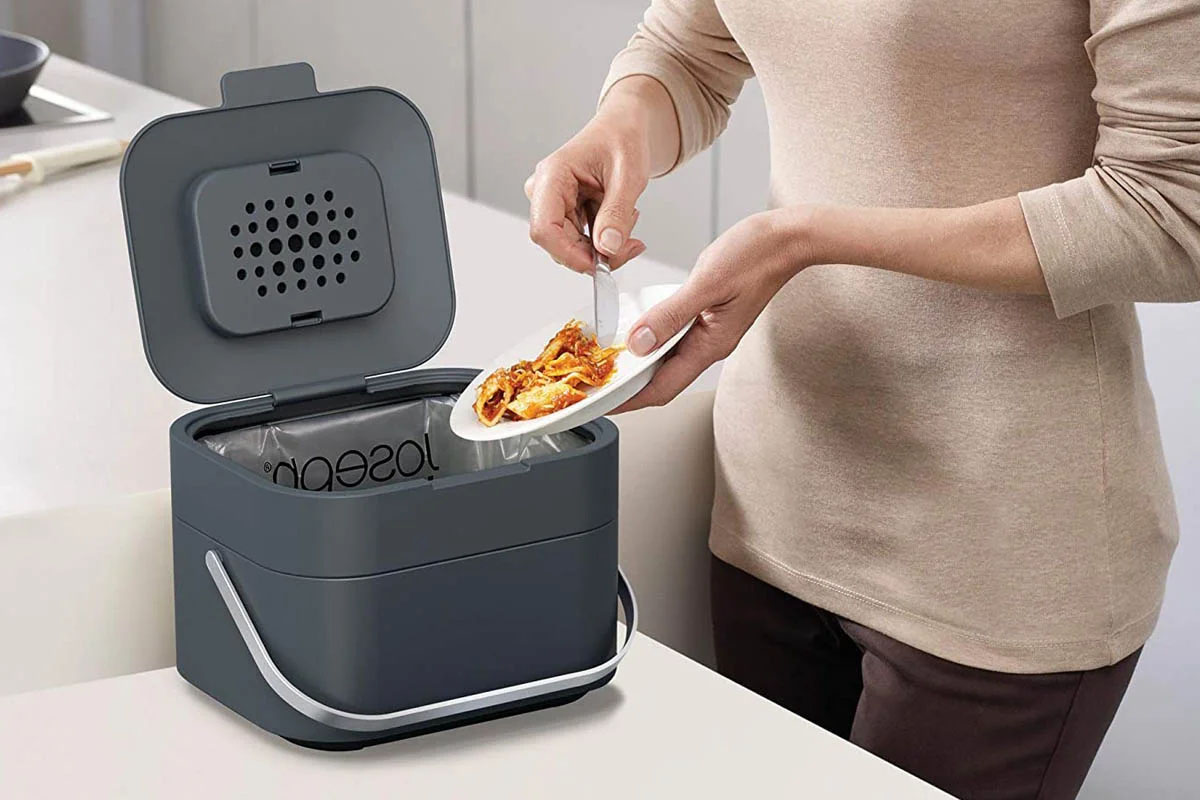
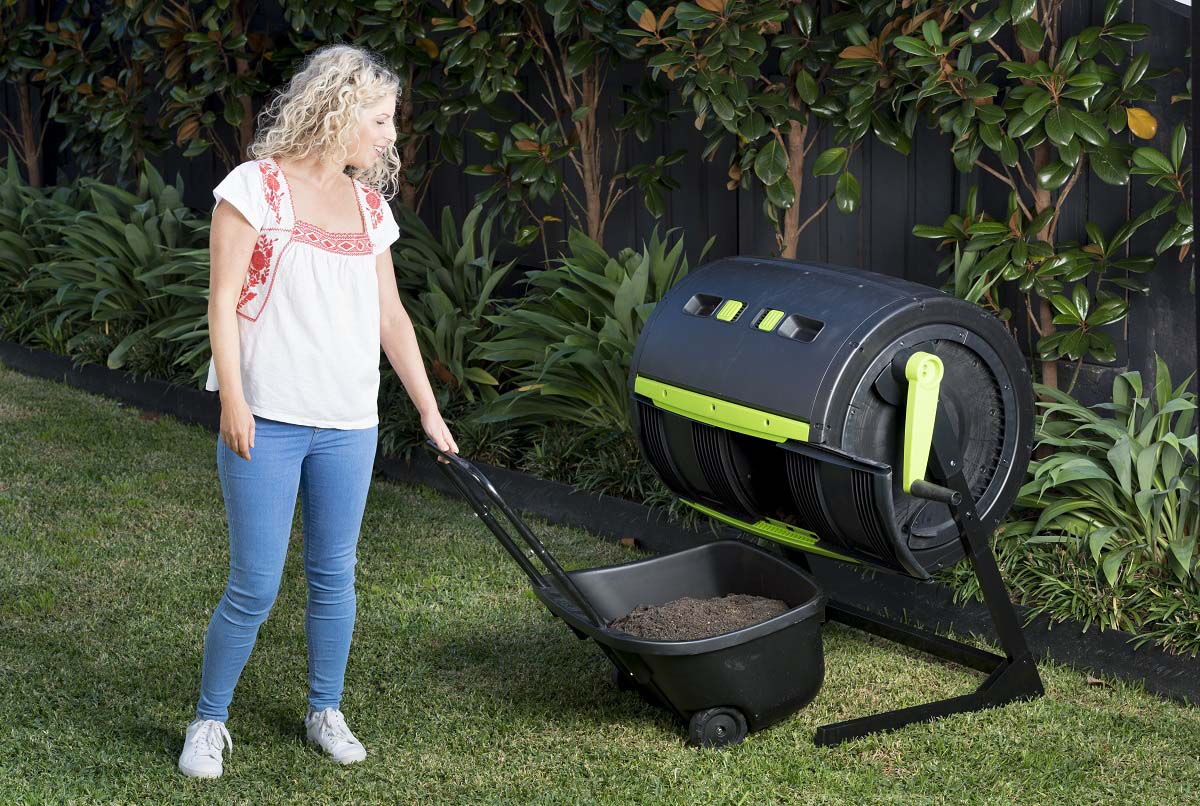
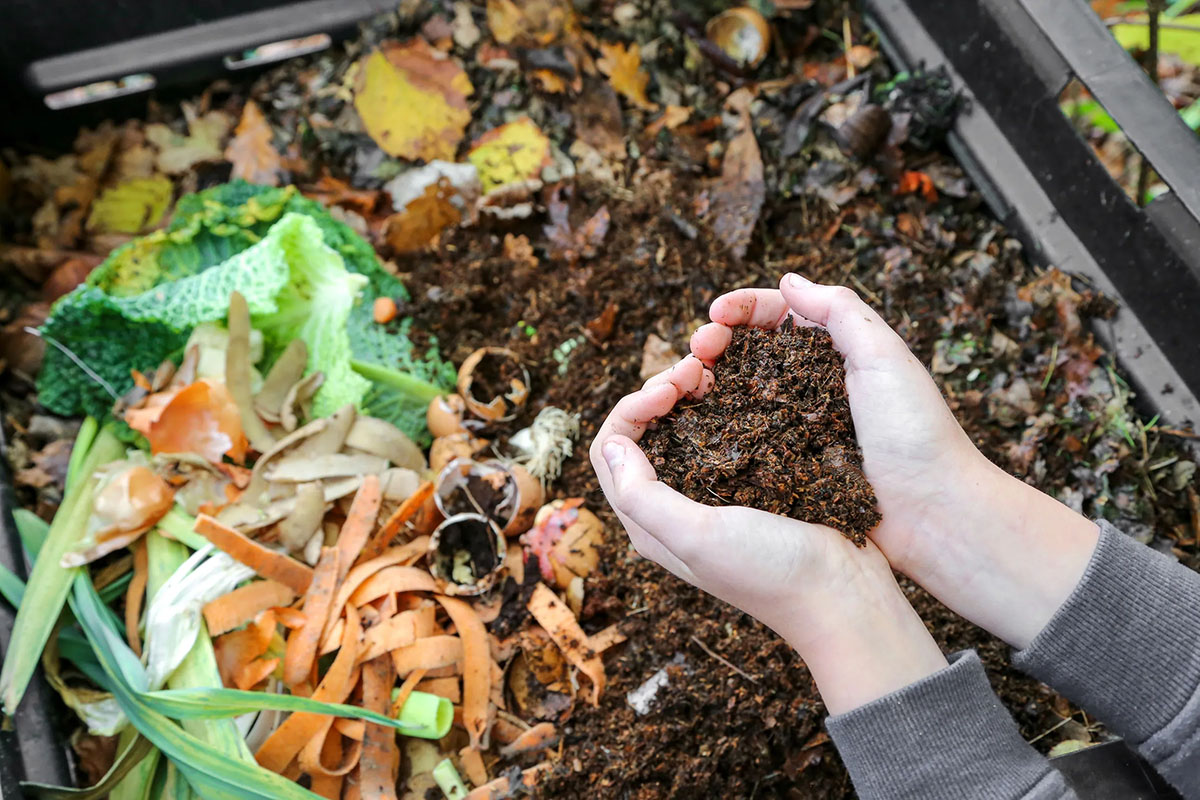
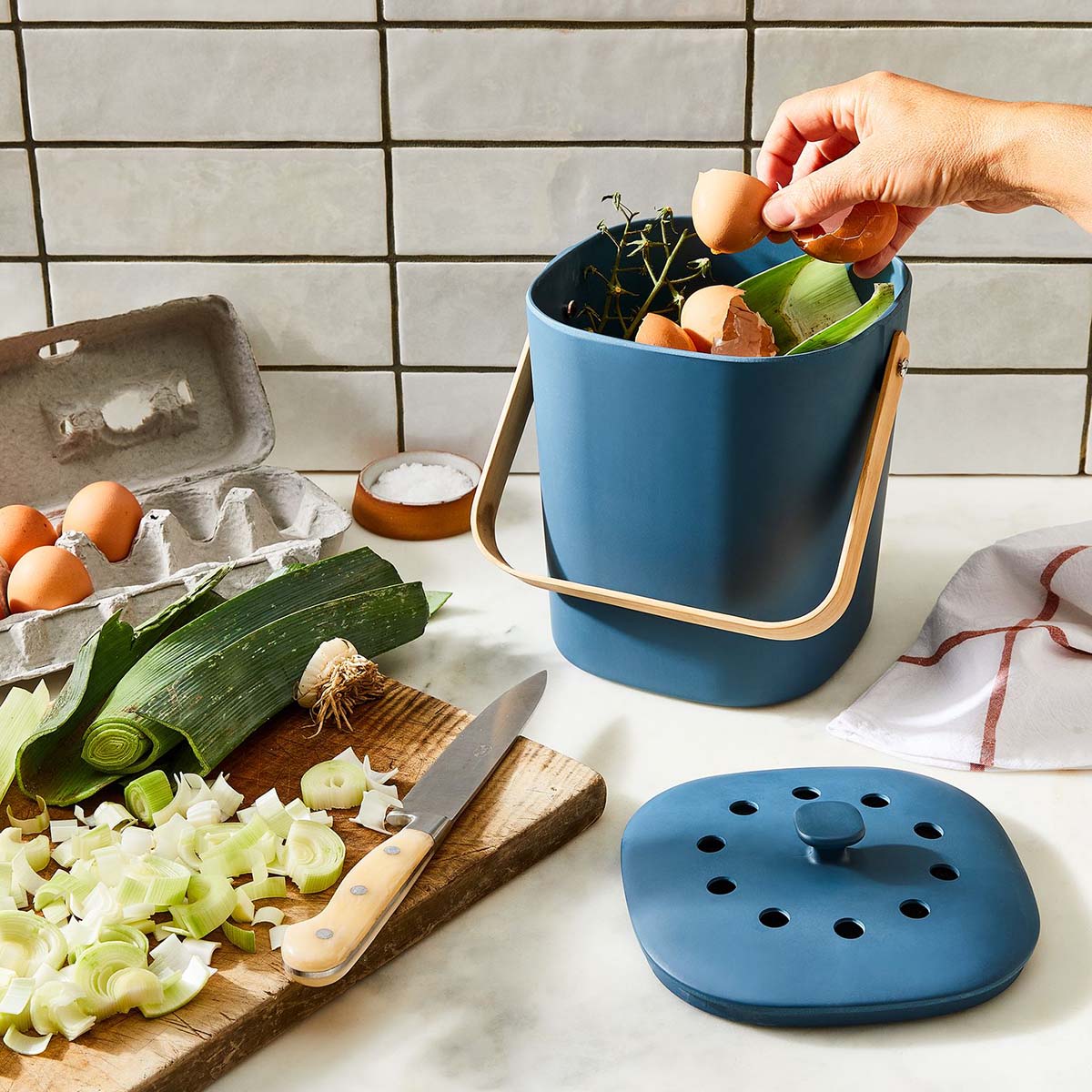
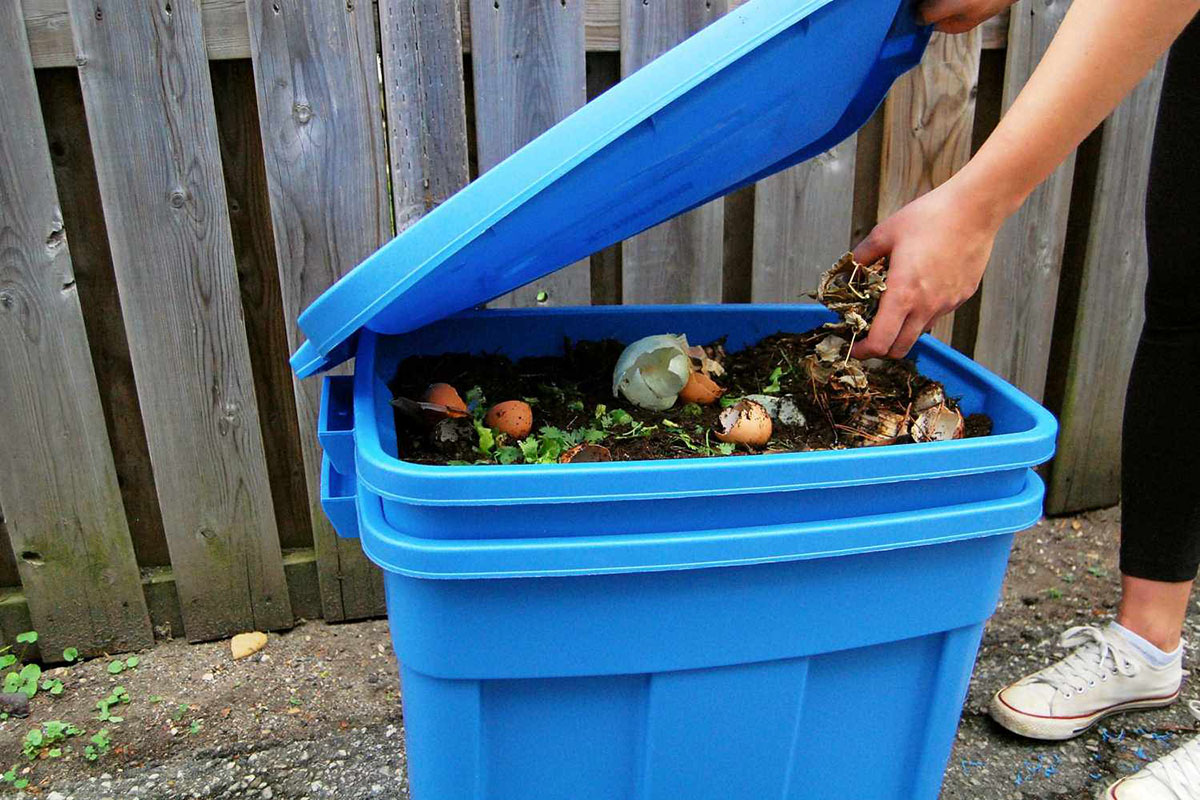
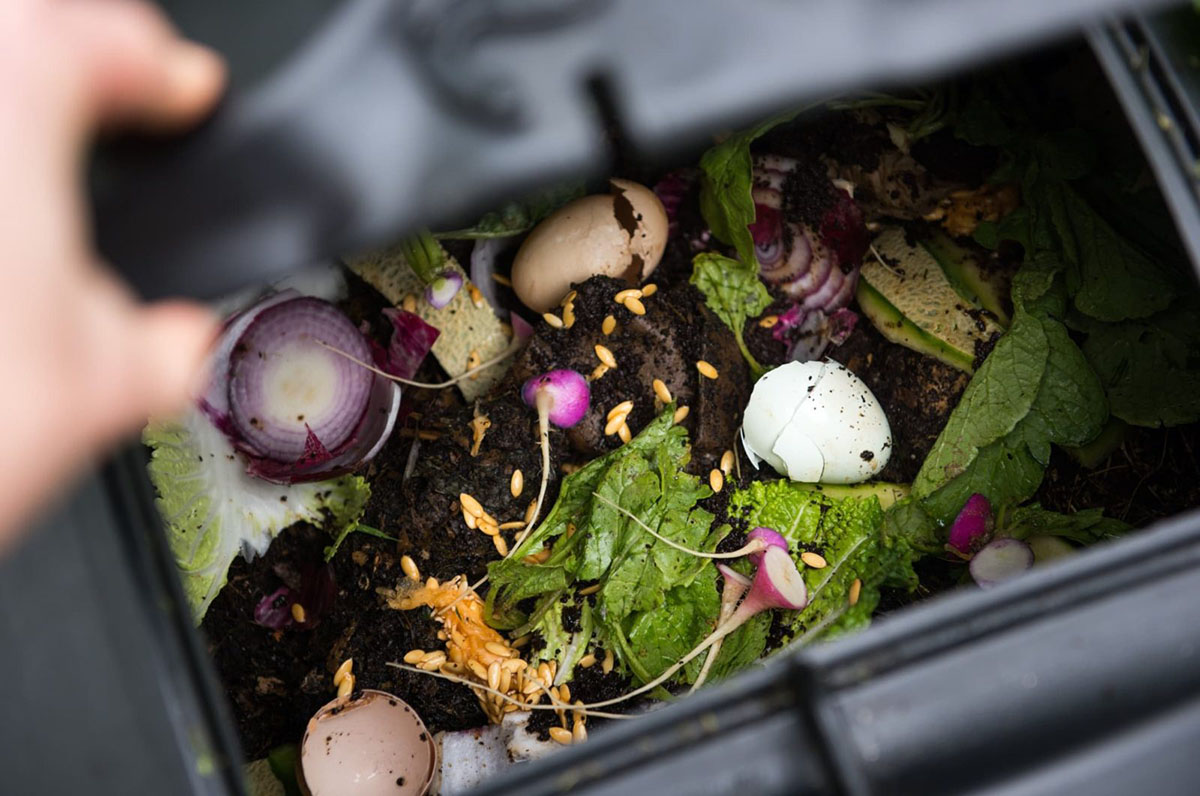
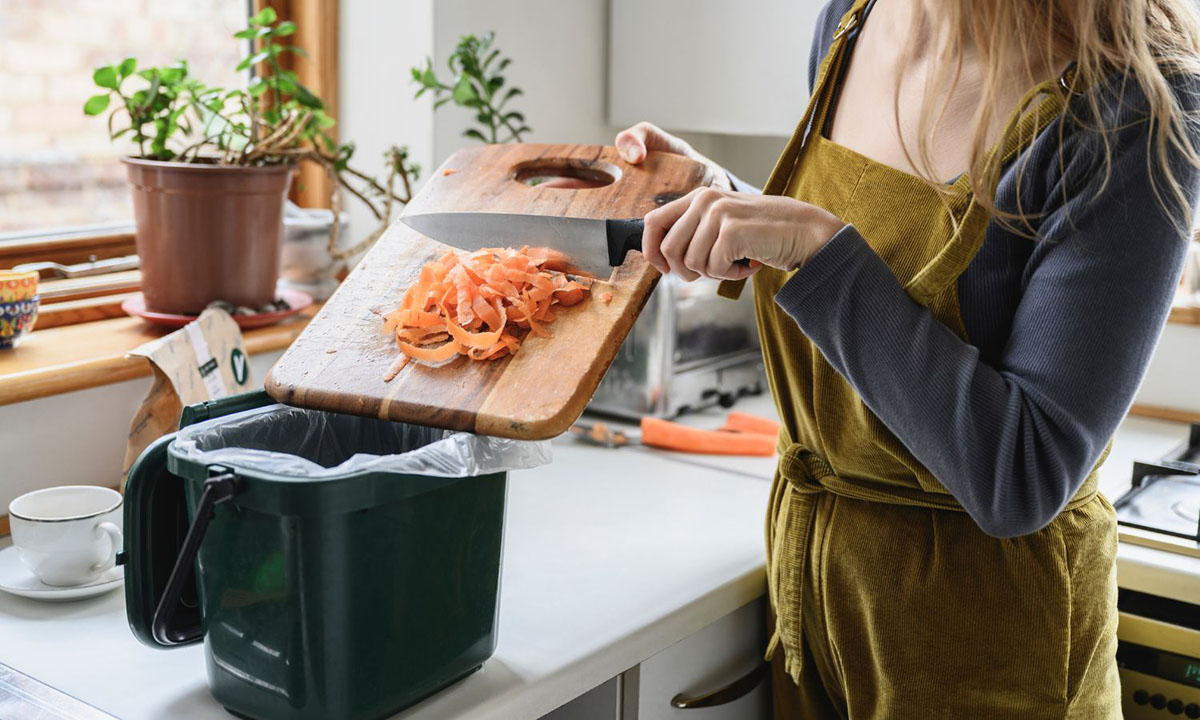
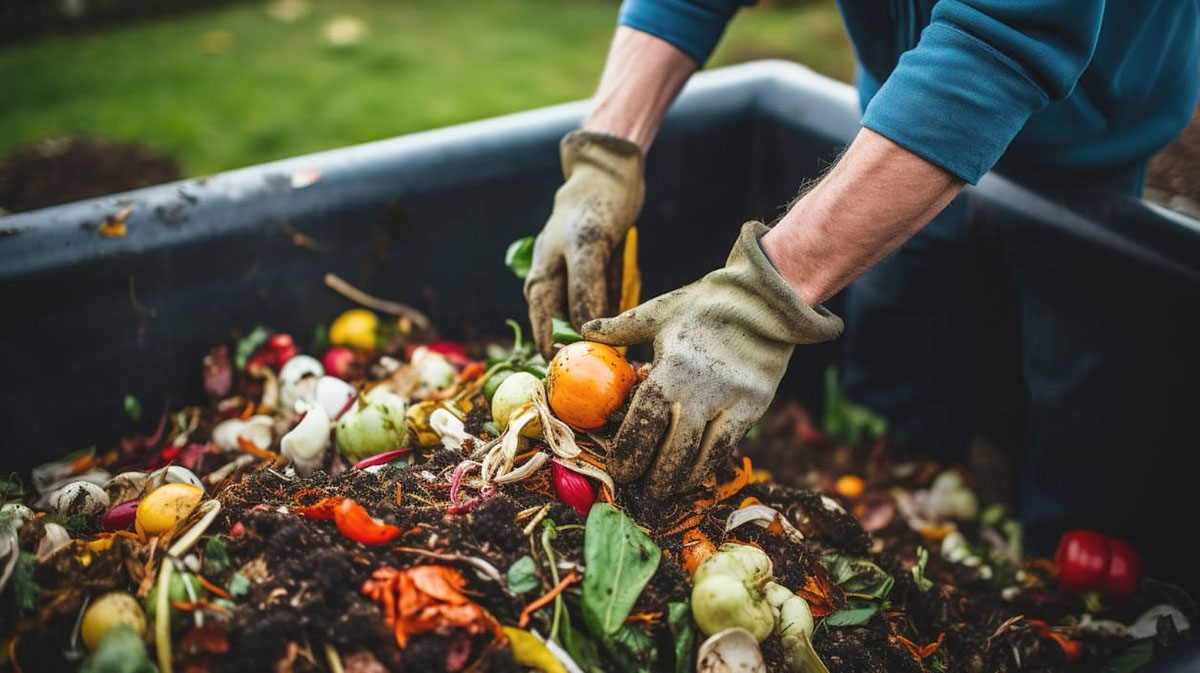
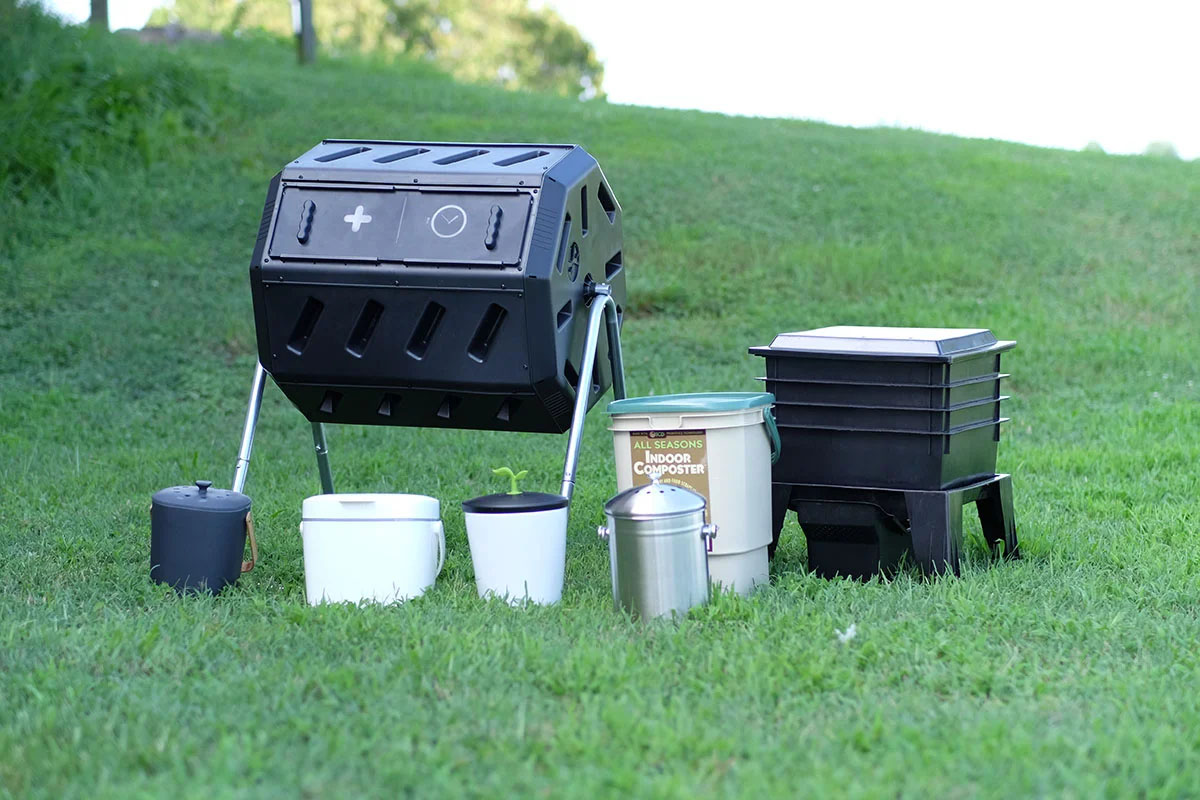
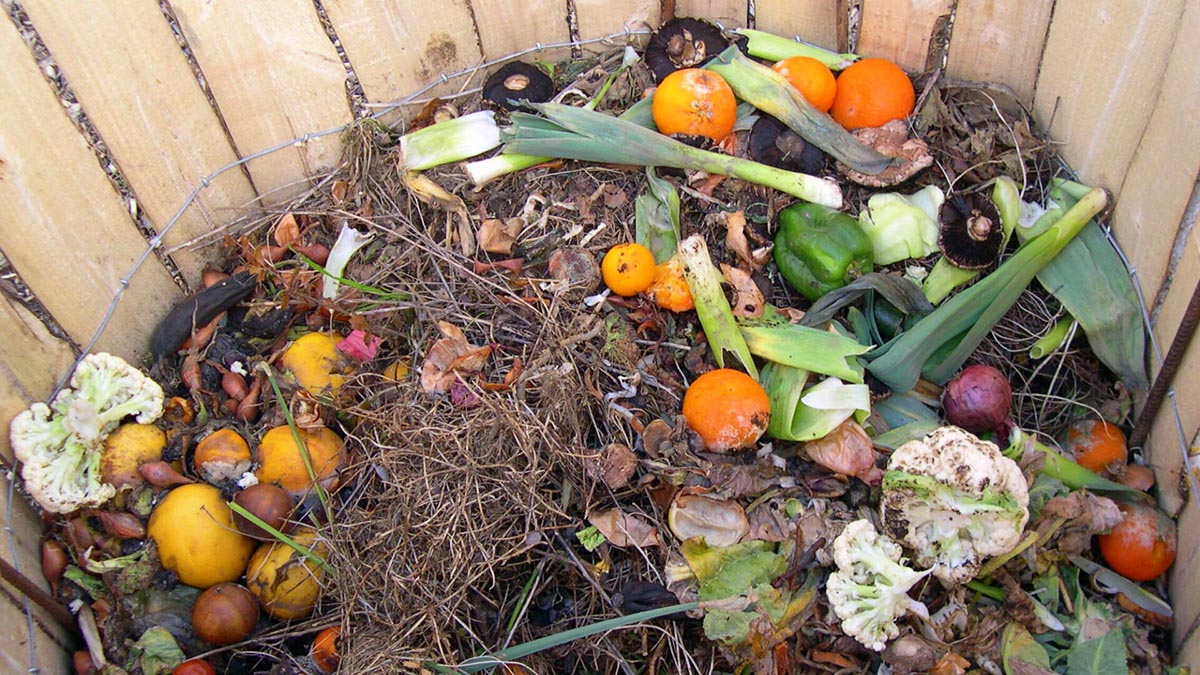
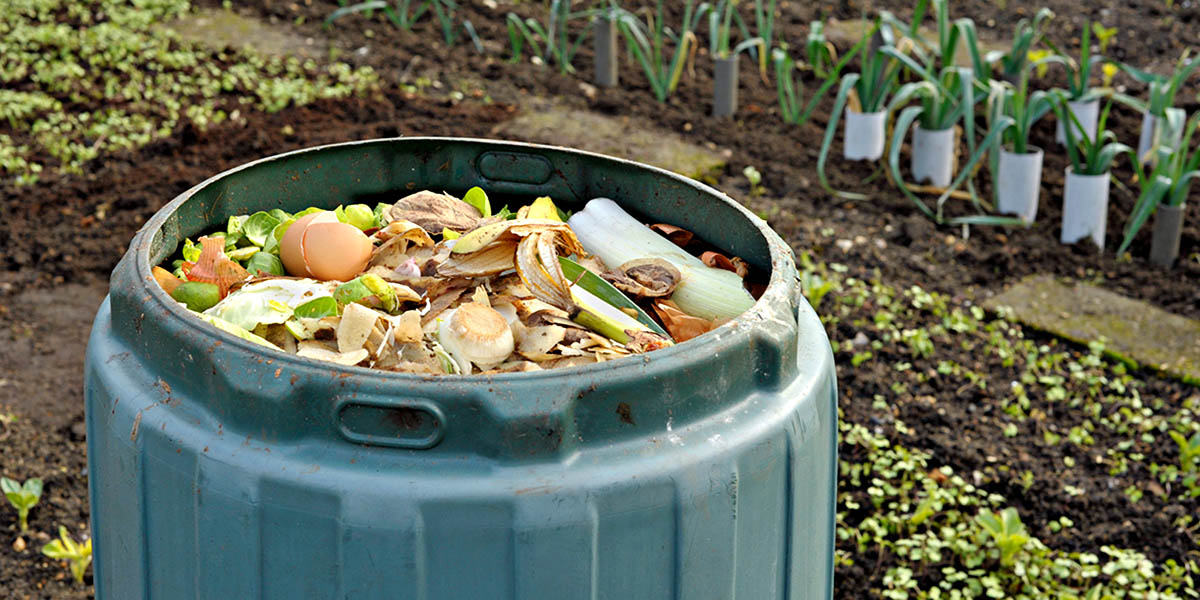
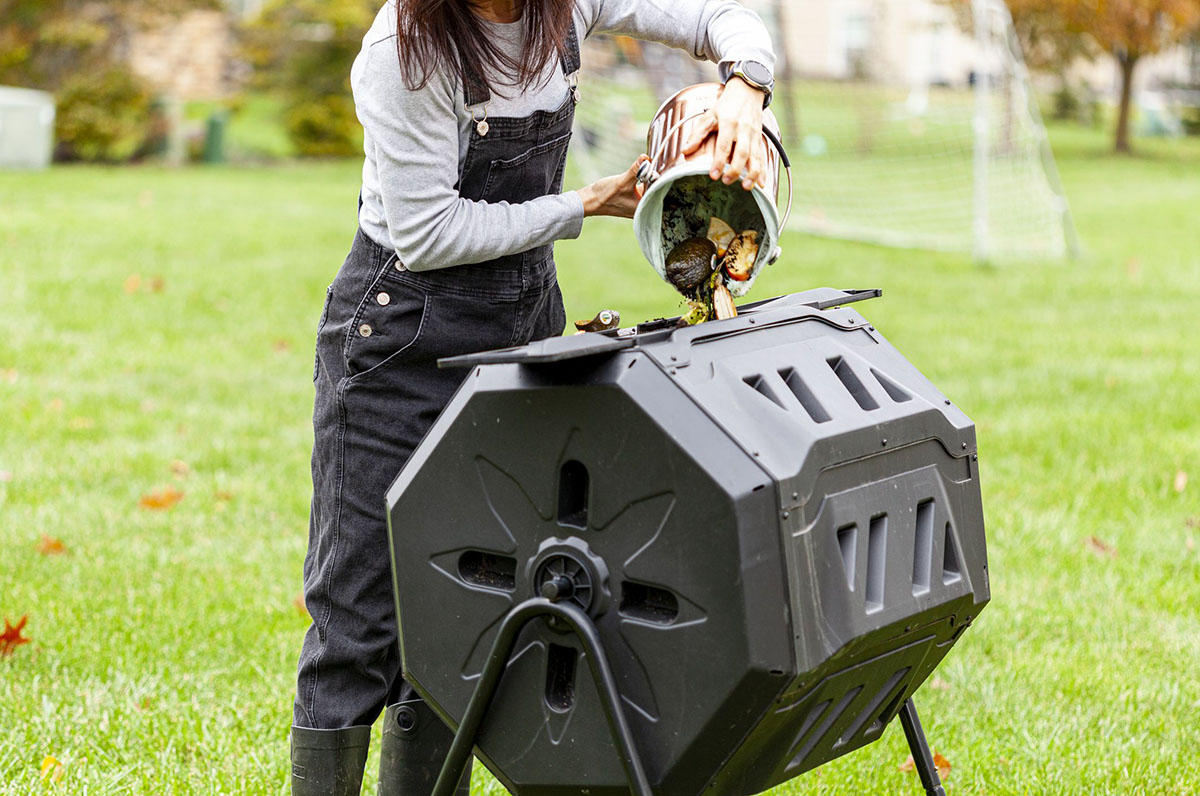
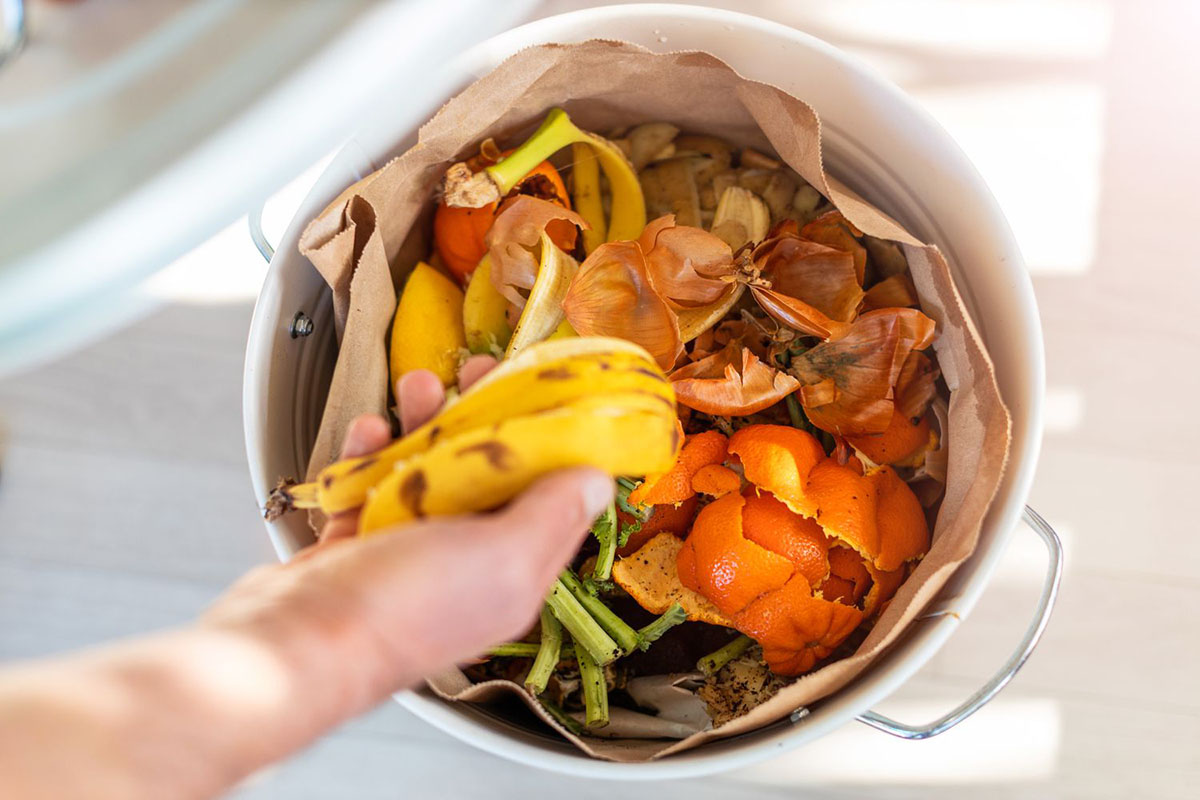
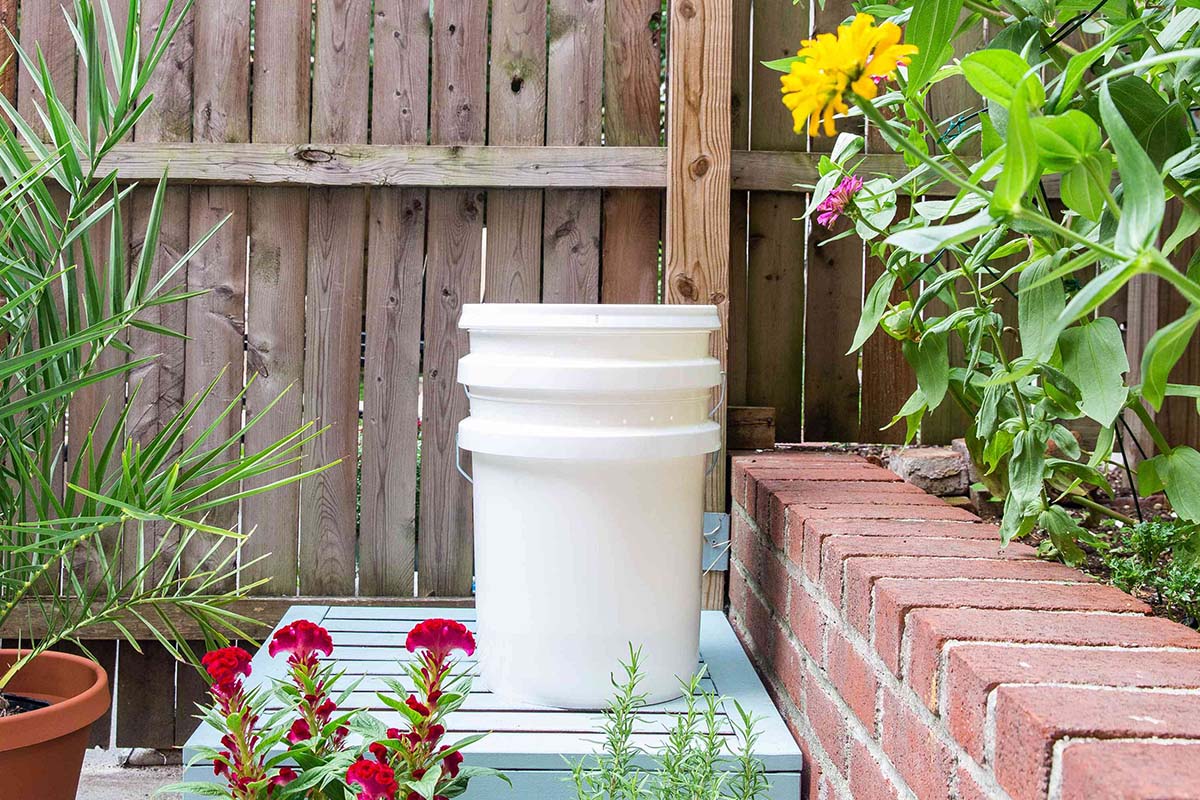

0 thoughts on “What To Use As A Compost Bin”